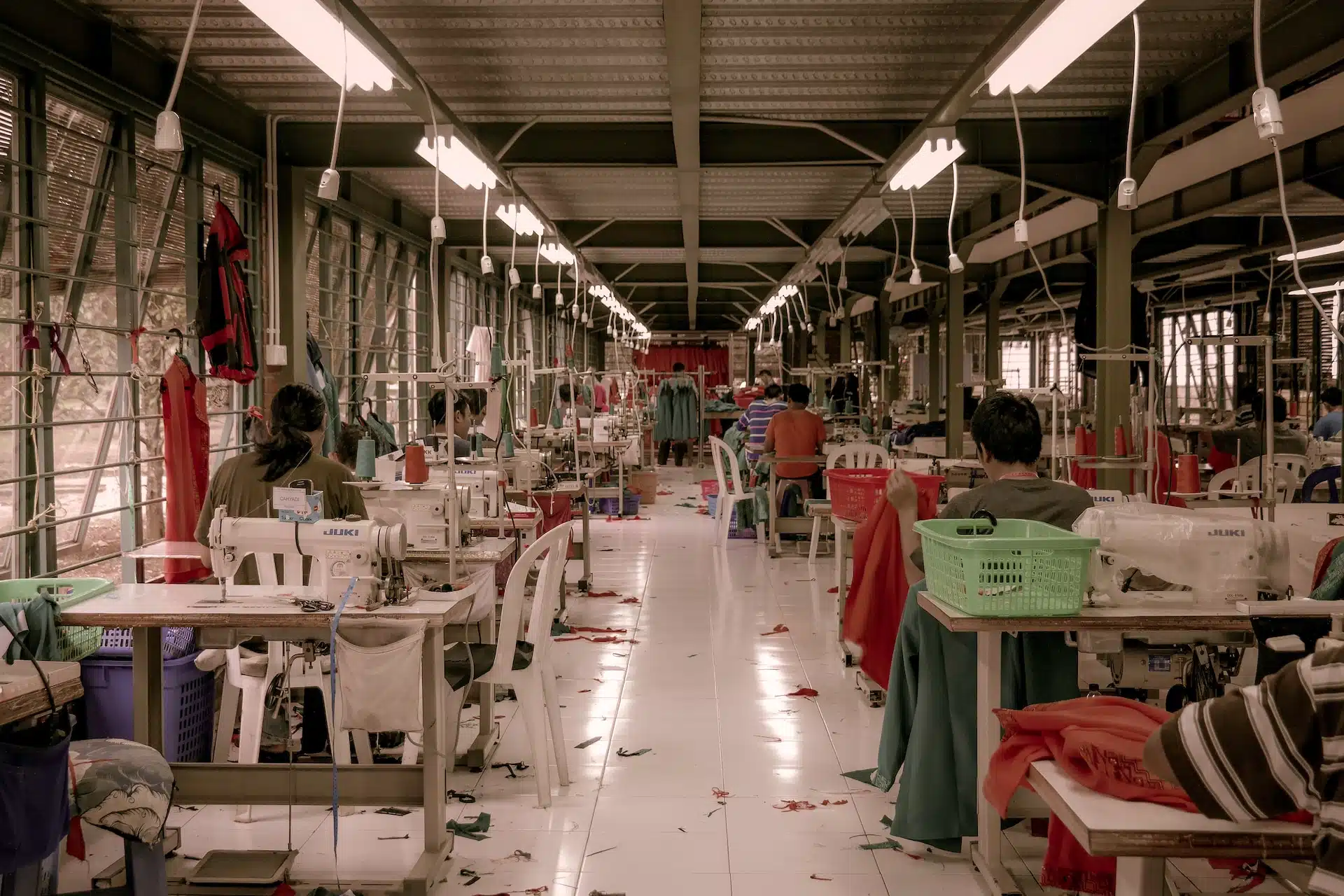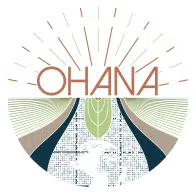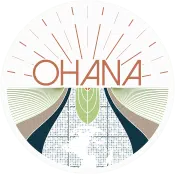
EU Ban on Products Made with Forced Labour: Everything You Need to Know
Honouring a commitment made by President Ursula von der Leyen in the 2021 State of the Union speech, the European Commission has been taking clear steps towards guaranteeing decent work conditions worldwide, and its latest proposal is set to impact organisations way beyond our block’s borders.
In this article, we will introduce you to the EU Proposal for a Ban on Products Made with Forced Labour, taking you through the main aspects of what could become one of the most significant pieces of legislation globally when it comes to labour protection.
Want someone with deep experience and connections in the EU to help guide your sustainability strategy? Get in touch!
Contextualising the EU Proposal for a Ban on Products Made with Forced Labour
Although environmental protection and restoration have been a big focus point for the new legislation coming from Brussels, the issue of forced labour has also been a pressing subject for the European Commission.
Mentioning the shocking figures of 160 million children currently involved in child labour, and another 25 million people in a situation of forced labour worldwide, last February the Commission published the Communication on Decent Work Worldwide. This communication reinforced the EU’s commitment to the subject and laid the grounds for the publication of the EU Forced Labour Product Ban proposal, on September 14th.
The new proposal is closely connected to the EU Corporate Sustainability Due Diligence Directive, which already touched on the subject of human rights and labour rights regulations for European businesses, and expanding responsibilities to their global supply chains.
EU Proposal for a Ban on Products Made with Forced Labour: What It Entails
As clearly stated in its name, the new legislative proposal determines an overarching and complete ban on any goods made with forced labour. Wider in its scope than the legislation currently adopted in the United States, which only bans the importation of forced labour products, the EU proposal prohibits the placement of such goods within the block’s borders, their importation as well as their exportation from the EU. The ban therefore also covers products that are produced within the EU.
It’s important to note that in this proposal the European Commission refers to International Labour Organization (ILO) Conventions on Forced Labour (No. 29) and on the Abolition of Forced Labour (No. 105), adopting ILO’s definition of forced labour, which is stated as “all work or service which is exacted from any person under the threat of a penalty and for which the person has not offered himself or herself voluntarily.”
Who Will the New Forced Labour Ban Affect?
As previously mentioned, the EU proposal is a comprehensive legislation with an all-encompassing scope. Here’s a summary of that scope:
- Organisations from all sectors and of all sizes are covered, from large businesses to SMEs;
- Complete ban on forced labour products manufactured within the EU;
- Complete ban on the importation and exportation of forced labour products to and from the EU;
- Goods that are found to be made with forced labour and that are already within the European Union’s borders are to be withdrawn from the market and disposed of.
Expected Benefits of the EU Forced Labour Ban
While this block-wide crack-down on forced labour products should reap significant benefits for society as a whole, the EU Commission specifically highlights the following positive effects expected from the new policy:
- For Workers: it will contribute to the eradication of forced labour both inside and outside of the EU, and to the protection of workers’ rights, on a global scale.
- For Consumers: increased confidence that the goods available for purchase are not a product of forced labour.
- For Businesses: a clear and coherent set of rules to be followed across the EU market, which should help strengthen businesses’ reputations and brand images, and boost public trust.
How Will the New Rules Be Enforced?
When it comes to implementing the proposed ban, the EU Commission plans to rely on competent authorities designated by each Member State to enforce it, which will be tasked to investigate suspected violations of the ban. Customs authorities will be in charge of identifying the products concerned by decisions of competent authorities and carrying out controls for imports and exports at the EU’s borders. To be able to perform such checks, importers and exporters may be requested to provide additional information to customs authorities, such as information about the manufacturer or the producer and information about the product suppliers.
A Risk-based Approach
The proposal also outlines that this enforcement will follow a risk-based approach, which means that authorities will focus on economic operators involved at the value chain levels where the risk of forced labour is higher. The size and economic resources of these operators will also be taken into account, as well as the number of products concerned, and the scale of the suspected forced labour. Civil society will also be able to contribute to the forced labour ban efforts by submitting information to be investigated by competent authorities.
The Commission’s plans also include the development of a public database with information on forced labour risks in specific geographic areas, related to specific types of products and even regarding forced labour practices imposed by state authorities.
A set of guidelines will be offered by the European Commission within 18 months from the adoption of the regulation, which means it will be available 6 months before enforcement begins. The guidelines will include forced labour due diligence guidance and information on risk indicators of forced labour.
Steps Taken After Investigation
In the case of proven forced labour, a three-step process will be rolled out with the following initiatives:
- There will be an immediate ban on the placing and making available of the identified products within the EU, and also on exporting these goods from the European Union to third-party countries;
- Economic operators will be required to swiftly remove the products already available from the EU market;
- The companies found responsible will be required to adequately destroy or dispose of these forced labour products, in accordance with the law of the pertaining Member State and bear the costs of doing so.
Penalties will apply to those who fail to comply with the decisions of competent authorities.
The EU Forced Labour Product Ban proposal will now be discussed by the European Parliament and by the governments of EU countries in the Council. Amendments are to be expected since many parliament members have been quite vocal about the subject in recent years. The final text should be ready and adopted around mid-2023 and enter into force in mid-2025, although those dates are not yet confirmed. The legislation will automatically apply in all EU countries and does not need to be transposed into the legal system of the Member States.
Want someone with deep experience and connections in the EU to help guide your sustainability strategy? Get in touch!
Join our newsletter to keep up to date with the latest news and information coming out of the EU.


